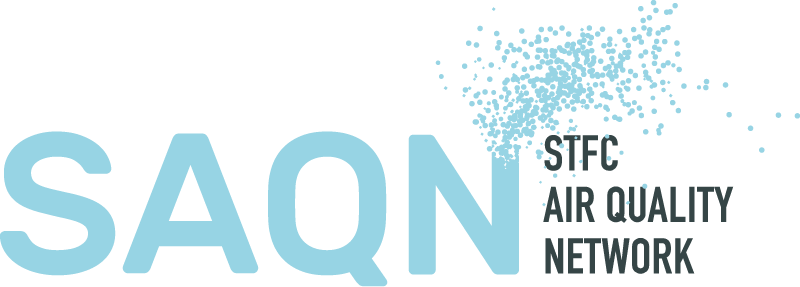Following on from the Report on our COVID-19 & Air Quality Workshop in May, we are featuring some of the air quality research currently being undertaken around COVID-19, aligned to the ‘Calls to Action’ listed in the report. This is not an exhaustive list, but intended to highlight the breadth of the work ongoing.
If you have a relevant research project that you would like to be featured, please contact us with the details.
Call to Action 1: Better and more comprehensive data on air quality and exposure is urgently needed, especially for indoor environments
COVID-19: Probing Air Quality Controls in the Oxford-Milton-Keynes-Cambridge Arc
UK cities regularly exceed air quality (AQ) compliance limits. On-going improvements in AQ will be offset by planned growth in some regions. More detailed observations during a period of quickly changing pollutant emissions would expand our understanding of the complex interactions between human activities, pollutant emissions and AQ control measures. A focus will be the differing responses of particulate matter (PM) and gaseous pollutants. The COVID-19 period provides an unprecedented opportunity for additional measurement to illuminate factors which influencing UK air quality and health. Cranfield University (CU) is a controlled mixed (urban and rural) site in the ARCs heart. It has a self- contained campus with a unique combination of infrastructure, site types and facilities. The Cranfield Urban Observatory reference station is operating, and multi-species sensor units are available for immediate use. In this project, these units would be deployed as soon as possible at identified sites across the Oxford-Milton Keynes-Cambridge Arc (ARC) in order to provide a detailed observational record during a period of low traffic and industrial activity while COVID-19 restrictions are in place and being eased. Real-time information can be provided on the interaction between air quality and the easing of social distancing measures. These measurements made during a period of known intervention measures will inform infrastructure planning for the ARC and the design of Low Emission Zones and air quality policy more generally. The data will be available for use by researchers looking at before/during/after effects of these measures.
Grant holder: Neil Harris, Cranfield University
Air quality and environmental impacts of Covid-19
Call to Action 2: Connecting existing air quality models and data to inform future predictions
Air quality impacts resulting from changes in behaviour in response to Covid-19.
Grant holder: Professor John Remedios, National Centre for Earth Observation
SARS-CoV-2 Impact on Air Quality in London
Assessing emission reduction impacts on population exposure and atmospheric chemistry at a time when there is concerted policy effort to reduce the UK’s air pollution health burden. Includes changes to the mixtures of air pollutants, changes to personal exposure, indoors and outdoors. This is an opportunity to study the air pollution impact as we work towards a ‘net-zero’ world including improving our understanding of model uncertainties.
Grant holder: Dr David Green, Imperial College
